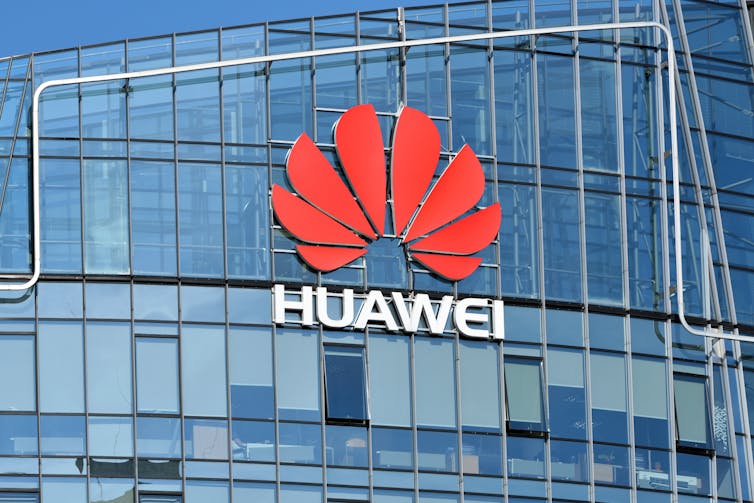
Sascha-Dominik Dov Bachmann, Bournemouth University and Anthony Paphiti, Bournemouth University
Huawei’s role in building new 5G networks has become one of the most controversial topics in current international relations. The US is exercising direct diplomatic pressure to stop states from using the Chinese telecoms giant. The US government regards Huawei as a clear and present danger to national security and argues that any ally opting for Huawei will compromise vital intelligence sharing among these countries in the future.
So far Australia, New Zealand, Vietnam and Japan have heeded the US call to ban Huawei. The UK, however, is still considering using Huawei to build non-core elements of its new internet infrastructure. Differences over the matter within the UK government recently led to the sacking of defence secretary, Gavin Williamson.
When assessing the risks of having Huawei involved in building 5G infrastructure, it’s important to consider not just the security risk from Huawei, but also the wider context of international relations. It’s important to first recognise that China is a major cyber-power.
The Chinese government has been using cyber-operations since at least 2006 for strategic and military gains. Tracing the origins of hacks is difficult but China is accused of a number of hacks on government departments in the US and around the world.
Military operations aside, US politicians say Chinese cyber-enabled espionage directed at the US economy has resulted in an estimated loss of US$300 billion a year in intellectual property theft.
Risky business
Additional risks come from China’s increasing military cooperation with Russia, NATO’s main rival. And also that China seems keen to supplement its Belt and Road Initiative of global trade dominance with dominance in cyberspace. Huawei offers highly competitive pricing that could drive out rivals and this potential monopoly could be costly in the long run for countries that rely too heavily on it.
It is in the context of China’s growing cyber-power that Huawei is seen as a risky business partner when it comes to developing critical infrastructure, such as a new 5G network. Huawei may insist that it is an independent company that does not have ties to the Chinese government, but this is not how it looks to Western powers. According to the CIA, Huawei has received funding from both the Chinese army and Chinese state intelligence. Plus, it does not help that Huawei’s founder, Ren Zhengfei was once an engineer in the Chinese army and that the company’s ownership lies with a “trade union committee” that is appointed by the state.
Then there’s China’s National Intelligence Law of 2017, which requires Chinese companies “to provide necessary support, assistance and cooperation” with national intelligence work, if called upon. So Huawei’s assurances that it will not hand over customer data to the government are difficult to trust. All the more so given China’s track record of using private actors for the purposes of spying.
Backdoors and vulnerabilities
If a country’s 5G network is compromised, this could open it up to a number of risks. First, there’s simply access to information that is transmitted across the network. More worryingly, the “internet of things” will be built on 5G. Everyday devices will all be connected – from driverless cars to smart fridges, speakers and traffic signals.
This opens the possibility for a determined actor (whether state or non-state) to control these important processes. A cyber-attack via 5G infrastructure could lead to significant damage to property and even loss of life, and would amount to an armed attack under international law.

Shutterstock
The UK’s National Cyber Security Centre (NCSC) has a dedicated Huawei Cyber Security Evaluation Centre. Its 2019 report found no evidence of Chinese state interference or the deliberate introduction of “backdoors” that could be used to siphon off information. But it does criticise Huawei’s technology for being generally vulnerable to attack. The potential risks, however, apply to any equipment vendor that the UK may choose to use instead of Huawei.
In light of the current US government’s tough stance on China, in terms of trade and security, it is fair to ask if the present US warnings have more to do with denying market access to a strong competitor than security concerns? If so, the UK may have to decide whether it values its relations with the US or China more. As well as the security risks that Huawei may pose, the UK must consider the importance of maintaining its information sharing arrangement with the US and the other “Five Eyes” countries, Australia, New Zealand and Canada.
The trust issue will always remain with Huawei because of its proximity to the Chinese government. But, after the UK’s top spies said Huawei could be “managed” in terms of potential security risks, the main risk at the moment seems to be diplomatic. Namely, repercussions with Washington and the potential backlash regarding a post-Brexit trade deal and suspension of intelligence sharing. With China potentially becoming a global adversary to the West as a whole (not just the US), the UK should bear in mind which side it is choosing when deciding who builds its 5G infrastructure.![]()
Sascha-Dominik Dov Bachmann, Associate Professor in International Law (BU) and (extraordinary) Reader in War Studies (SEDU), Bournemouth University and Anthony Paphiti, Visiting Research Fellow in Conflict, Rule of Law and Society, Bournemouth University
This article is republished from The Conversation under a Creative Commons license. Read the original article.












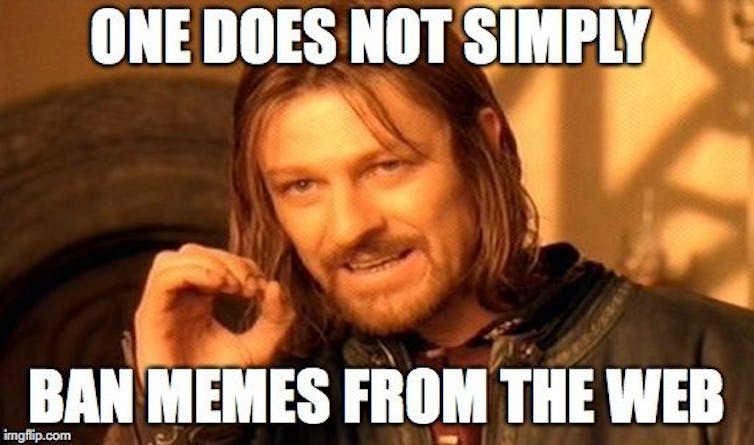

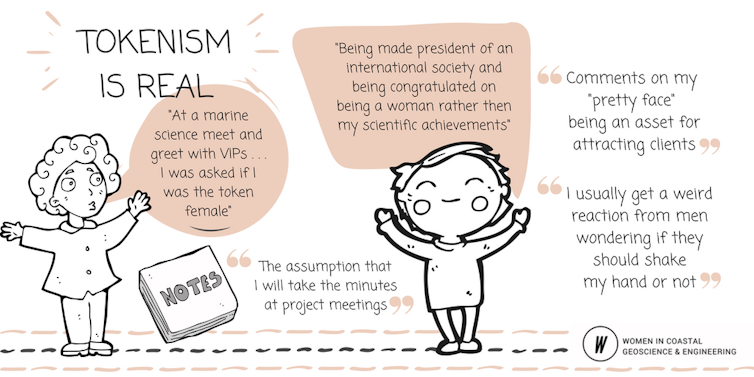
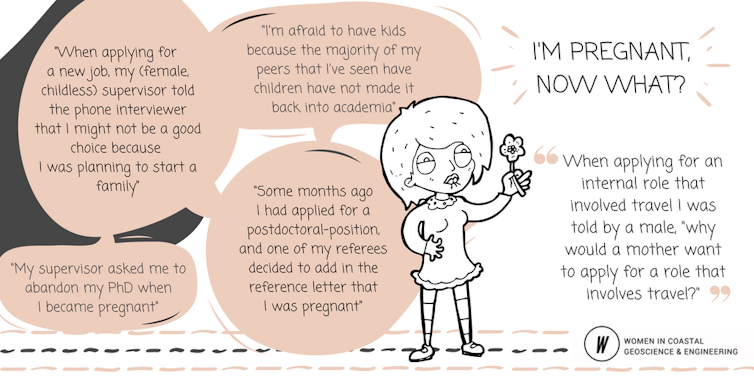
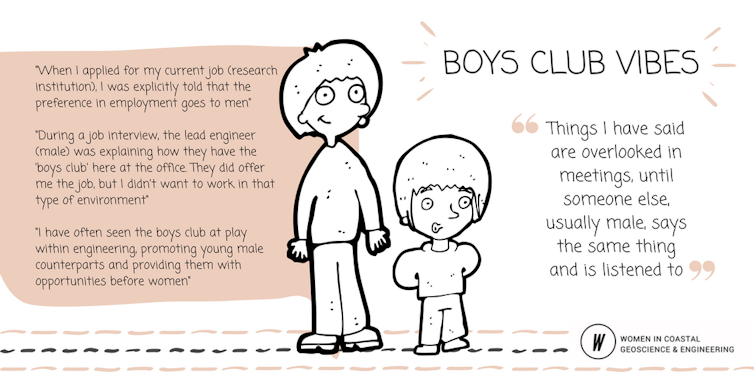
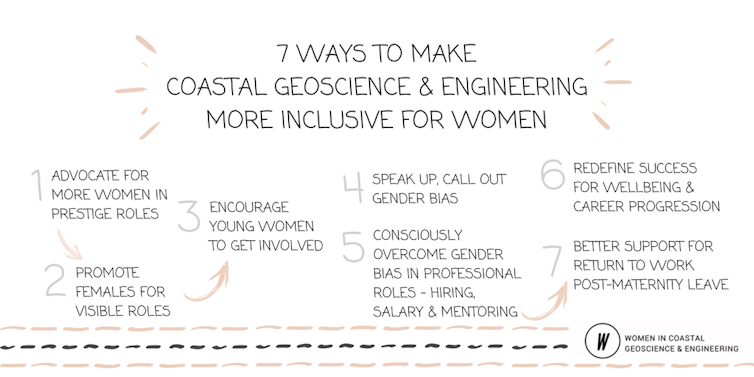
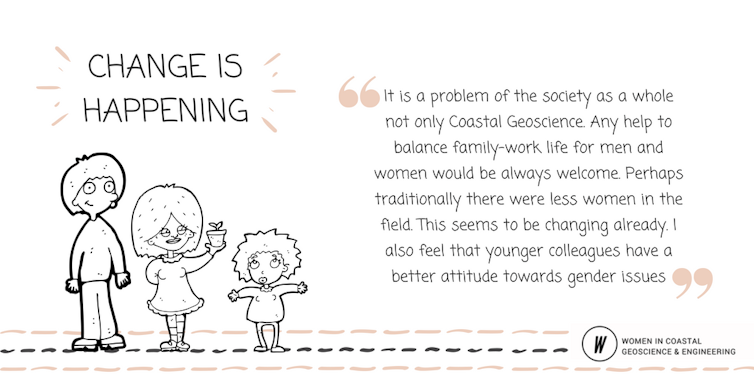






















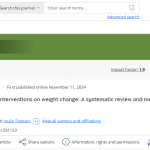 New weight change BU paper
New weight change BU paper One week to go! | The 16th Annual Postgraduate Research Conference
One week to go! | The 16th Annual Postgraduate Research Conference Geography and Environmental Studies academics – would you like to get more involved in preparing our next REF submission?
Geography and Environmental Studies academics – would you like to get more involved in preparing our next REF submission? Congratulations to three former BU staff
Congratulations to three former BU staff MSCA Staff Exchanges 2024 Call – internal deadline
MSCA Staff Exchanges 2024 Call – internal deadline Applications are now open for 2025 ESRC Postdoctoral Fellowships!
Applications are now open for 2025 ESRC Postdoctoral Fellowships! Horizon Europe – ERC CoG and MSCA SE webinars
Horizon Europe – ERC CoG and MSCA SE webinars MaGMap: Mass Grave Mapping
MaGMap: Mass Grave Mapping ERC grants – series of webinars
ERC grants – series of webinars